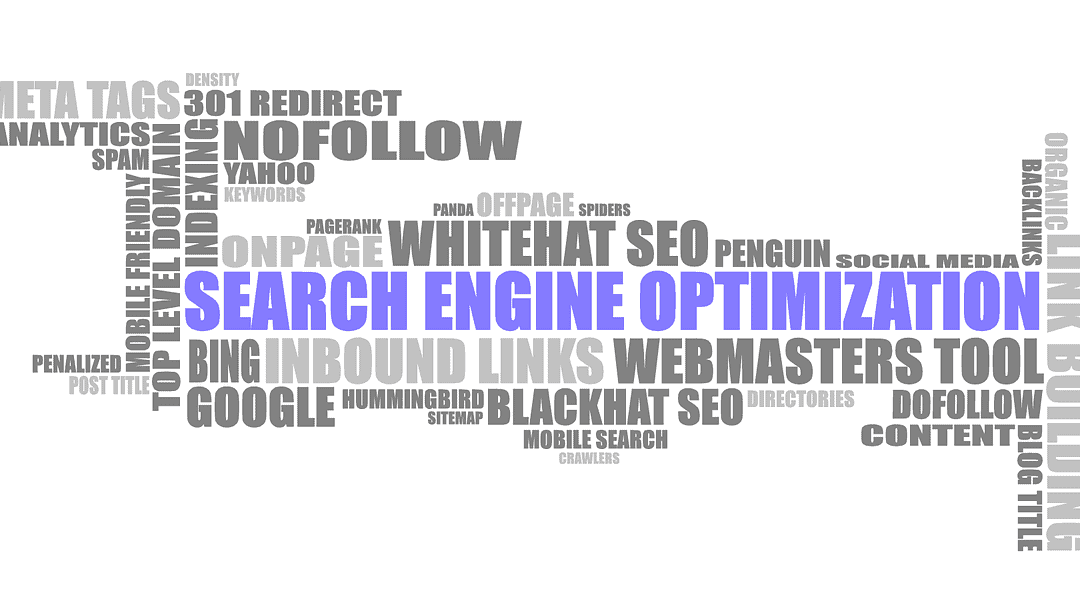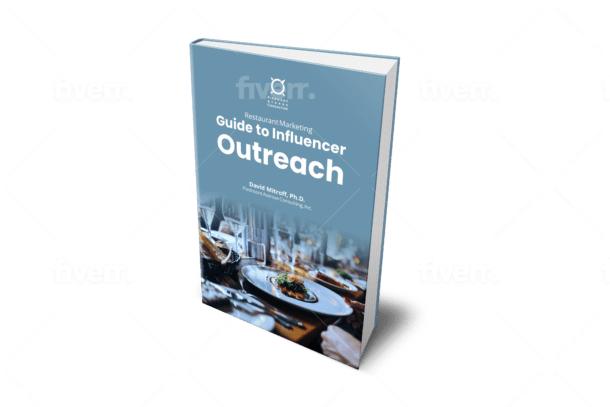Not many digital marketers know this, but anchor text selection is one of the most important skills to possess in terms of offsite SEO.
Distributing the right anchor words or phrases throughout your content can get you to rank on the first page of Google and other search engines. This means more visibility, organic traffic, quality leads, and ultimately, conversions.
However, if you’re doing anchor text wrong, you’ll get hit with a penalty. People looking for your products or services online are more than unlikely to find your business, as your ranking will drastically drop. It’s already a known fact that most users don’t go beyond pages one or two of search results.
If you’re a bit new to the world of anchors, then you’ve definitely come to the right place. We’ll be giving you four tactics to optimize your anchor text strategy for SEO, and yes, they’ve proven time and again to work perfectly.
Before we can get into that, though, let’s talk about anchor text, why it matters a lot, and its different types.
What Is an Anchor Text?
Basically, an anchor text is the clickable word or phrase that takes a user from one web page to another. As the name implies, it’s what “anchors” two separate online destinations together.
You can detect an anchor text right away, as it usually appears as blue (or another color) underlined text.
Besides linking two pages, anchors can also link to documents and initiate a download, which is why it’s crucial to ensure that you only include links from reliable websites. Otherwise, you’ll lose the trust of your visitors, eventually leading to poor user experience, which in turn, results in a bad ranking.
Why Prioritize Your Anchor Text?
Since your anchors play an essential role in your backlinking strategy, they are a huge part of SEO.
Google’s algorithms pay close attention to your anchor words or phrases not just to understand what the link is all about, but to see if the page you’re hyperlinking to is relevant to the terms you’re using. In short, your anchors serve as a major ranking factor.
And, by looking at your anchor text, Google can tell whether you’re engaging in any bad linking practices. For instance, excessive use of the same anchors can get you in trouble. Expect a penalty if that’s the case.
Types of Anchor Text
Google has classified 10 types of anchor text. Here they are, along with their simplest definitions and an example for each:
- Exact Match: The actual keyword your linked page is targeting
-
- Ex. Using the anchor text “roller skating” to link to a page about rolling skating
-
- Partial Match: A keyword phrase combined with other random, generic, or stop words
-
- Ex. “Buy trail shoes here” targeting trail shoes
-
- Branded: Any brand name
-
- Ex. “According to Semrush” linking to a Semrush blog
-
- Brand + Keyword: A brand name and a keyword
-
- Ex. “Venum boxing gloves”
-
- Naked: A URL is used as an anchor
-
- Ex. “www.crazyleafdesign.com” to link to the website
-
- Related: A variation of the target keyword
-
- Ex. Using the anchor text “healthy food” to link to a page about vegetables
-
- Generic: A clear and straightforward call-to-action or anything that draws attention to the link
-
- Ex. “Click here!”
-
- Random: Terms or phrases that aren’t as generic as “read more,” but aren’t related to the target keyword either
-
- Ex. “The rules have changed”
-
- Image: An image’s alt text
-
- Ex. “minimalist living room”
-
- Long-tail: A keyword along with some related, generic, or branded keywords
-
- Ex. “Learn more about link building with this Moz article!”
-
Optimizing Your Anchor Text for SEO
Now that we’ve discussed the basics, we bet you’re ready to explore the ways to boost your ranking through the power of anchor text. Let’s dive in!
-
Focus on Relevancy
Using relevant anchor texts is key to improving your SEO efforts. Why?
Well, Google relies on anchors for two reasons: To obtain information about the web pages on both ends, and to determine how important they are so they can be ranked appropriately in keyword searches.
That said, you should always choose anchors that make the most sense for your chosen link. Not only will it impress Google, but it will also create a positive user experience, which then translates to better rankings.
Avoid using random words for your anchors just because you want diversity. Chances are, Google and your visitors will see them as clickbait. And, with Google not being a fan of clickbait, especially excessive ones, it will penalize you.
-
Be Mindful of the Sites You Link to
Linking to pages from shady websites is never a good idea. We’re talking about sites that spread misinformation, engage in spammy practices, or those that promote hate.
If you have a link that directs visitors to any of these website types, you’ll end up hurting your ranking. However, in case you really need to link to bad sites (whether it’s to show examples of poor practices or debunk false info), make sure to use a no-follow tag.
No-follow tags are there to tell Google that though you may be linking to a certain webpage, you’re not exactly endorsing it. That way, your SEO won’t be affected.
-
Distribute Your Anchor Texts Wisely
A well-rounded distribution of the various anchor types mentioned earlier is another tip to keep in mind.
While there’s no set-in-stone rule here, SEO experts suggest these ratios:
- 10% to 20% page/blog titles
- Up to 20% generic, related, random, exact match, and other anchors
- 30% to 40% partial match anchors
- Up to 40% branded anchors
Since this is a general guide, it’s best that you check the top websites within your industry. Look at their incoming and outgoing anchors for inspiration.
-
Avoid Excessive Use of Exact Match Anchors
You have total control over your own content, and Google knows that very well. Using too many exact match anchors will give it a reason to assume that you’re trying to manipulate its system. As a result, Google will bring your ranking down.
There are several other types of anchor text to choose from, so you might as well distribute them evenly rather than concentrating on your keyword-rich anchors. Opt for long-tails, related anchors, or even generic ones to introduce variety without allowing Google to grow suspicious.
That’s It!
Optimizing your anchors for SEO can be a difficult task, especially if it’s not your forte, but understanding the basics can surely make a difference. As long as you keep them relevant, distribute them wisely, and you stay away from toxic websites, you’ll be seeing positive results.
For the best outcome, consider hiring a Florida SEO company to get the job done.








